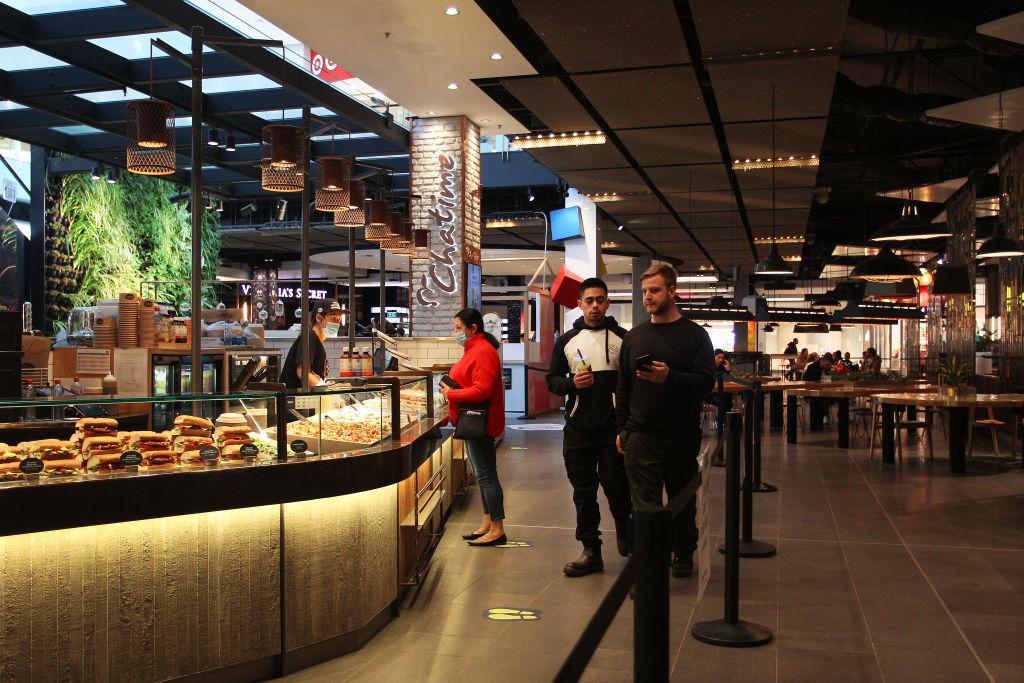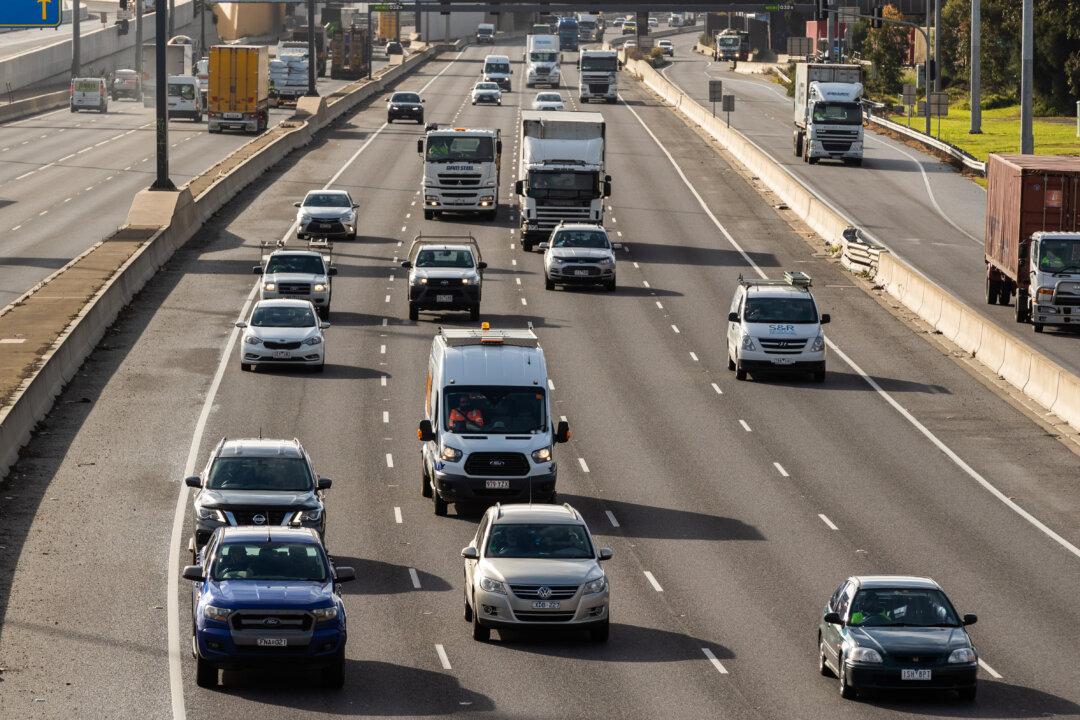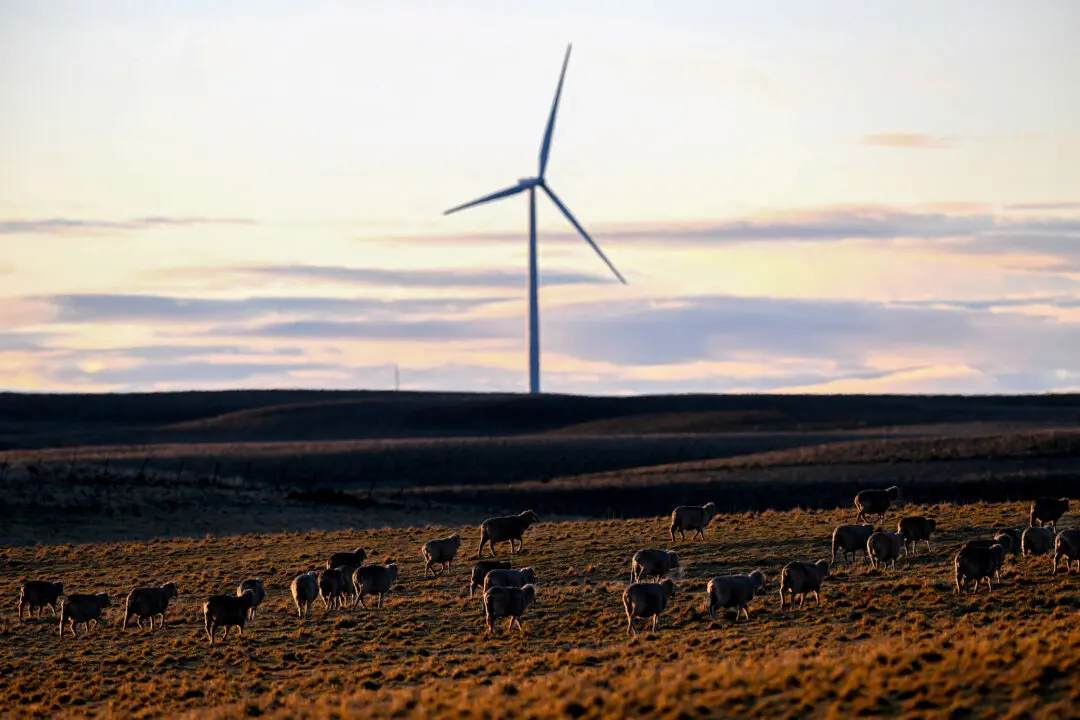A new wave of insolvencies could emerge within the Australian economy as an increasing number of small businesses around the country are unable to pay their invoices on time.
According to CreditorWatch’s latest business risk report, payment defaults had risen by 53 percent in August compared to the same time last year.





